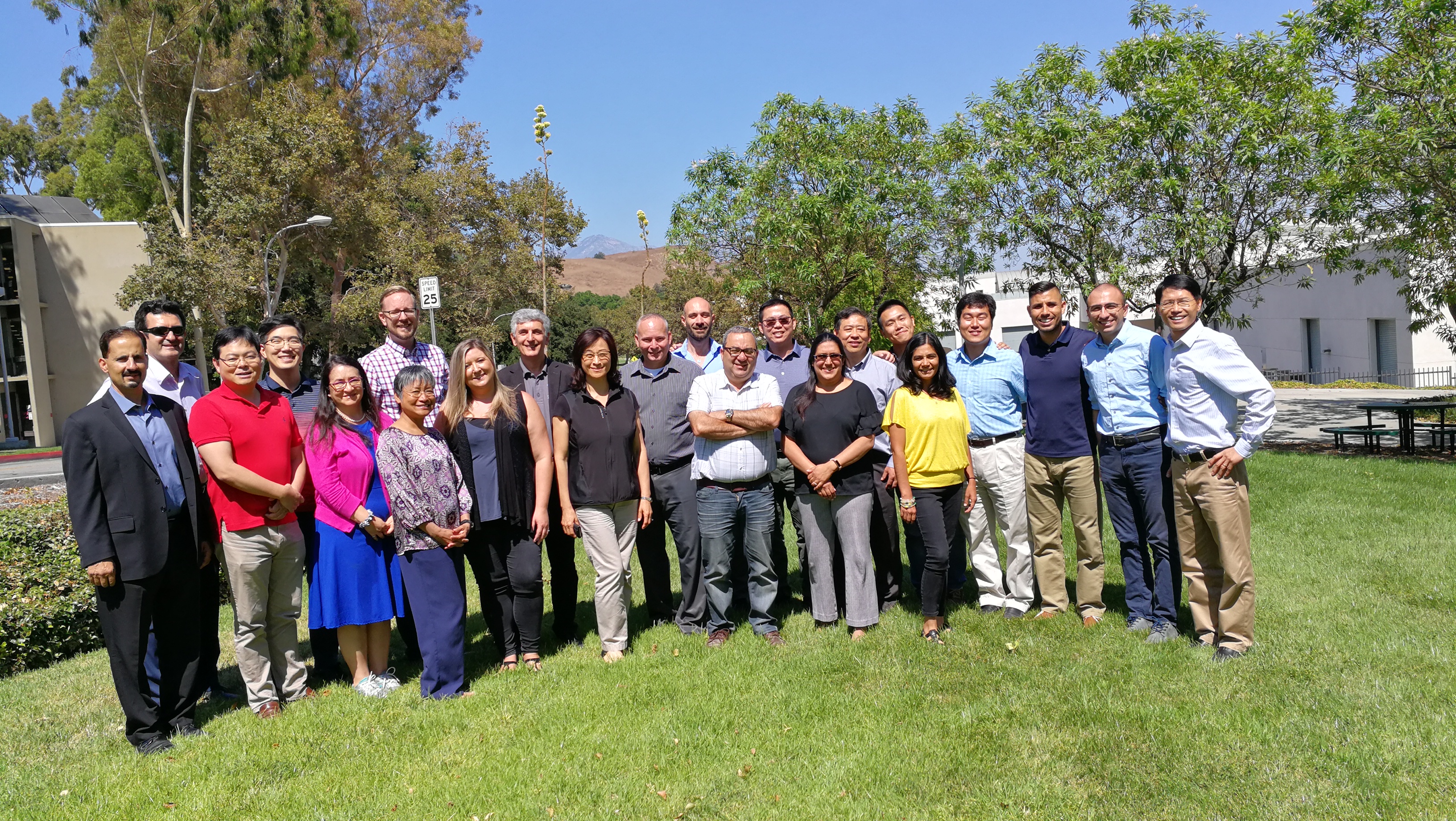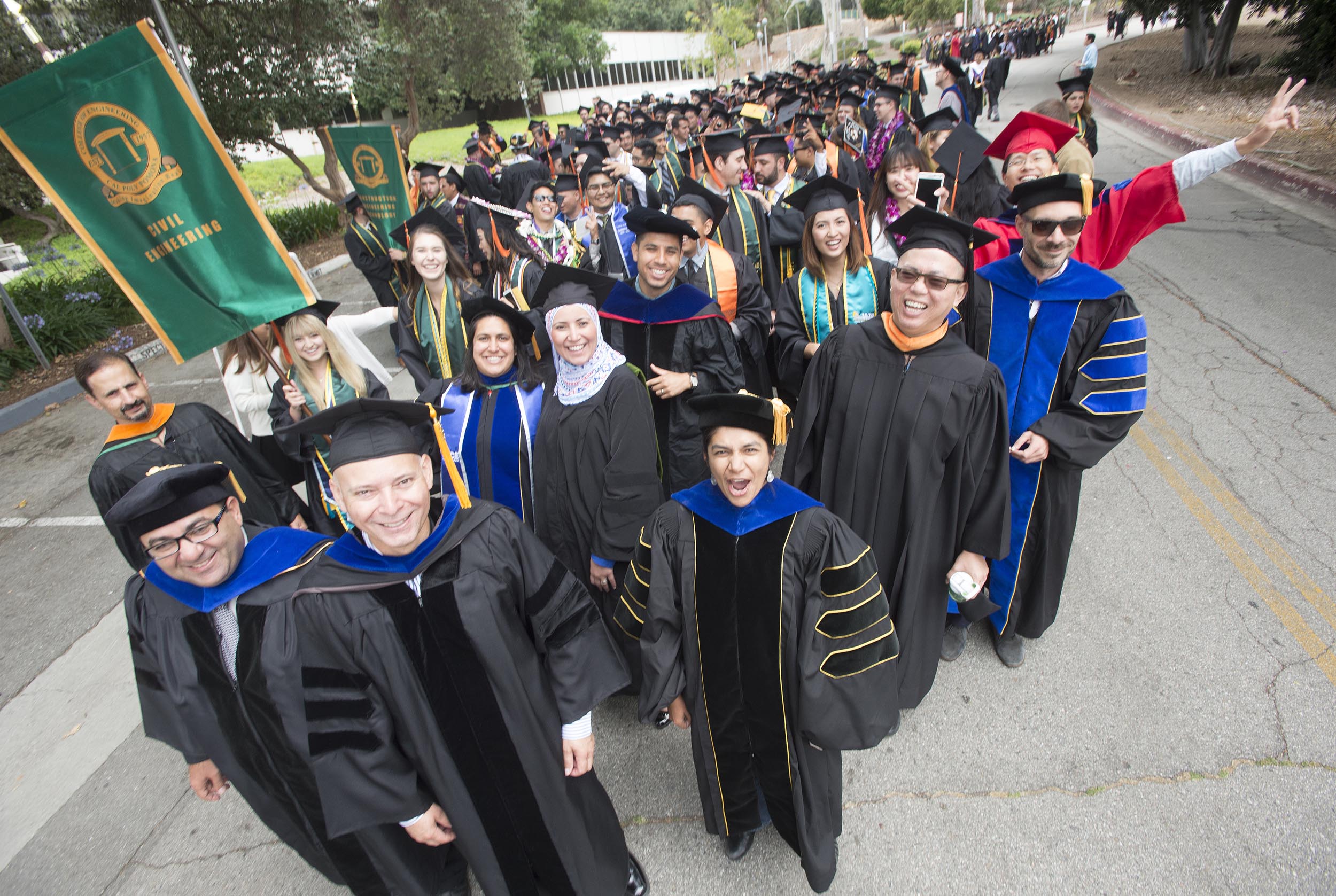What is Civil Engineering
The Department of Civil Engineering at Cal Poly Pomona is a leader in polytechnic education, where hands-on learn-by-doing is the foundation of a broad-based educational experience. The department has the largest undergraduate civil engineering program in the United States and produces approximately 15 percent of young civil engineers in California. The civil engineering department offers the civil engineering program, with options in general civil, environmental, and geospatial engineering, and the construction engineering and management program.
We also offer a Master of Science degree in Civil Engineering ( MSCE) with options in construction engineering and management, environmental and water resources, geotechnical, structural, and transportation Engineering.
To meet the challenges of an evolving society, we provide practice-oriented civil engineering education that fosters personal, professional and social responsibility; technical excellence and creativity; and effective communication, teamwork and leadership.
The civil engineering department has many constituencies. These include the following:
- Our alumni and alumnae have an interest in the continued excellent reputation of our programs.
- Employers need a supply of well-prepared entry-level engineers and rely on Cal Poly Pomona as an important source of new employees.
- The civil engineering department faculty have dedicated a major portion of the professional life to the department and its vision and mission, and have a professional and personal commitment to its continued success.
What is Civil Engineering?
Civil engineers design, build, operate, and maintain structures and infrastructure that form the built environment of our modern society. The built environment include buildings, bridges, highways, water supply systems, environmental protection systems, ports, railroads, dams, flood control works, airports, and many others.
The American Society of Civil Engineers notes that civil engineers provide "a better world by design" because their projects improve the quality of life for mankind while being economically viable and environmentally conscious. This is the oldest branch of engineering, and will continue to be essential so long as civilization exists. Civil engineering is an exciting and rewarding profession.
Branches of Civil Engineering
Civil engineering is a very broad profession that encompasses a wide range of activities. The Civil Engineering Department at Cal Poly Pomona is divided into the following branches.

Construction engineers oversee the actual construction of civil engineering projects. They start with the design drawings and specifications prepared by design engineers, and convert them into a physical reality. Students interested in this branch of civil engineering can major in either civil engineering or construction engineering and management. Some students also choose to do a double-major.


The pipelines shown in the photo collect methane gas from the landfill, which is then used to generate electricity.
Environmental engineering focuses on engineering works that clean and protect the environment. These projects can include designing facilities to safely handle solid waste, industrial waste, or municipal wastewater. It also can include identifying and remediating existing pollution, such as underground contaminant plumes. It has been said that civil engineers have saved more lives than doctors, and much of this benefit has come from environmental engineering.









